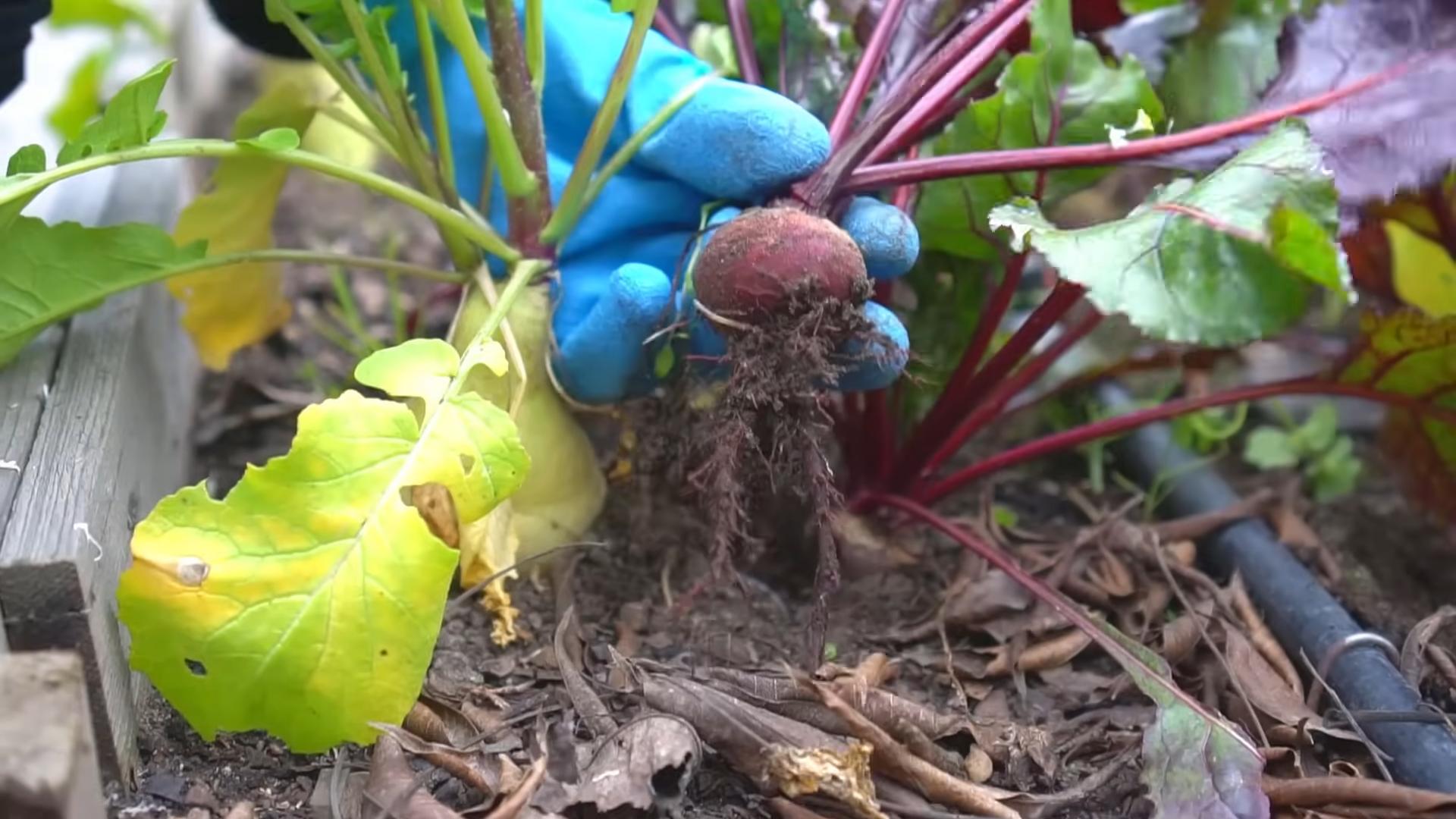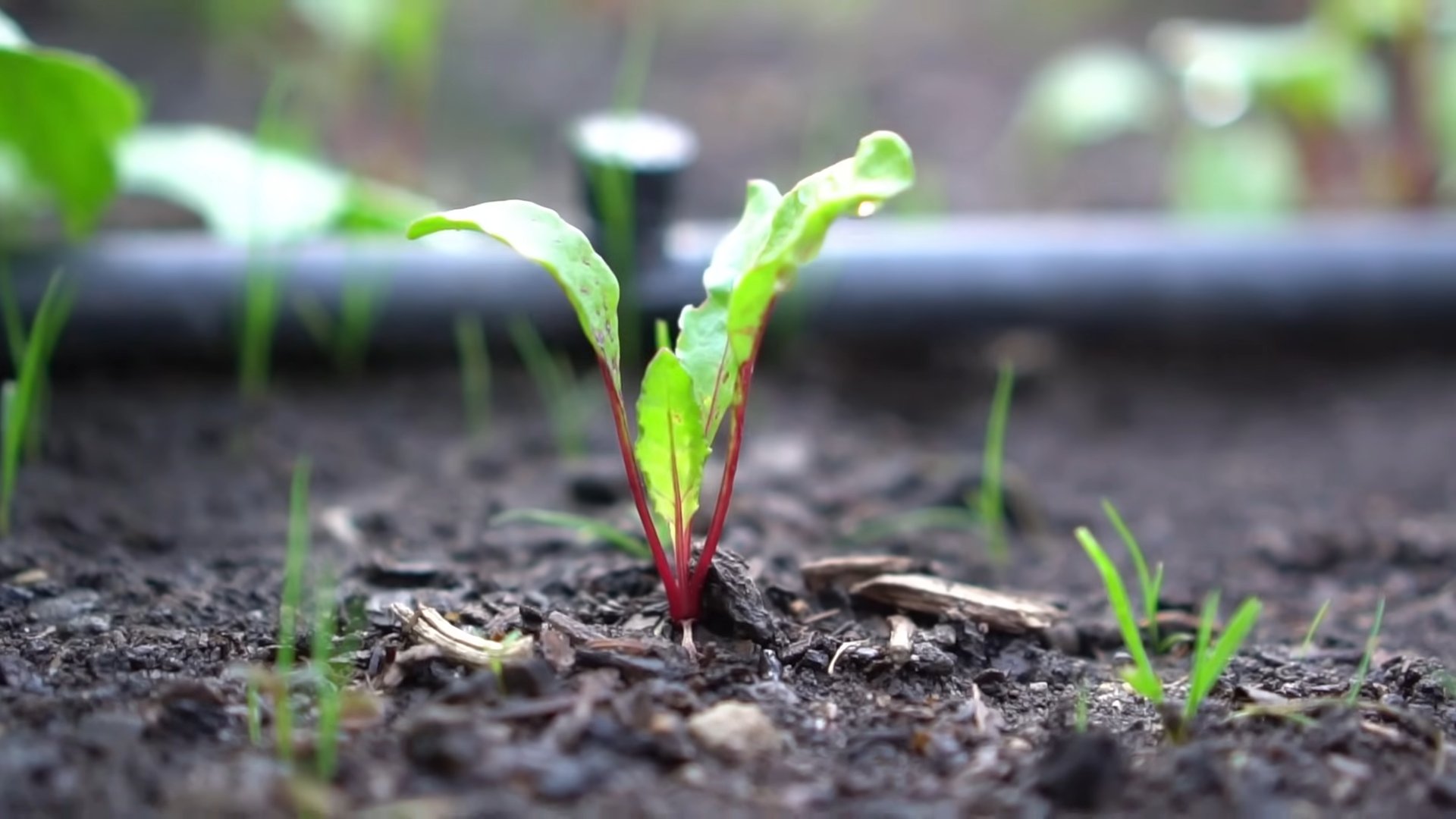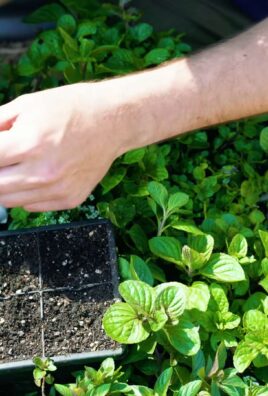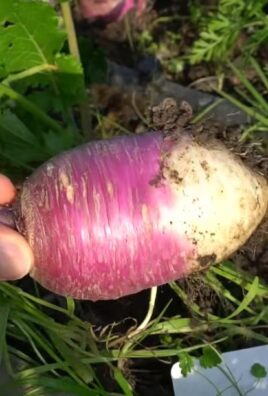Growing Beets at Home: A Gardener’s Delight
Growing beets at home might seem daunting, but I’m here to tell you it’s easier than you think! This article is packed with simple, effective growing beets at home tricks and DIY solutions that will transform your backyard into a vibrant beet patch. Forget those bland, supermarket beets; prepare to experience the intense sweetness and earthy flavor of homegrown goodness.
For centuries, beets have held a significant place in human history, not just as a culinary staple but also as a source of medicine and even dye. From ancient Egypt to medieval Europe, beets have played a vital role in various cultures. Now, you can tap into this rich history and cultivate your own delicious harvest with our easy-to-follow guide.
Why Grow Your Own Beets?
There’s something incredibly satisfying about nurturing a seed from tiny sprout to plump, earthy beet. Beyond the sheer joy of gardening, growing beets at home offers several key advantages. You’ll have complete control over the quality of your produce, avoiding pesticides and ensuring freshness unmatched by store-bought beets. Plus, homegrown beets often boast a superior flavor and texture, a testament to the care and attention you’ve invested. This article will equip you with the knowledge and techniques to achieve a bountiful beet harvest, no matter your gardening experience.
So, whether you’re a seasoned gardener or a complete beginner, get ready to roll up your sleeves and discover the secrets to successfully growing beets at home. Let’s get started!

Growing Gorgeous Beets in Your Own Backyard
I love beets! That earthy sweetness, the vibrant color… they’re a fantastic addition to any meal. And the best part? They’re surprisingly easy to grow at home! Follow these steps and you’ll be harvesting your own delicious beets in no time.
Planning and Preparation
- Choose the right time: Beets thrive in cool weather. Aim to plant your seeds in early spring or late summer/early fall, depending on your climate. Avoid planting during the hottest part of the summer.
- Select a sunny spot: Beets need at least six hours of sunlight per day. Find a location in your garden that gets plenty of sun.
- Prepare the soil: Beets prefer loose, well-drained soil that’s rich in organic matter. Amend heavy clay soil with compost or other organic materials to improve drainage. I like to add a generous amount – about 3-4 inches – to ensure the soil is light and airy.
- Test your soil pH: Beets prefer a slightly acidic to neutral soil pH (6.0-7.0). You can purchase a soil testing kit from most garden centers to check your soil’s pH. If it’s too acidic or alkaline, you can adjust it with lime or sulfur, respectively.
- Gather your supplies: You’ll need beet seeds (or seedlings), a garden trowel or hoe, a watering can, and possibly some row covers or netting to protect your plants from pests.
Sowing the Seeds
- Prepare the seedbed: Loosen the soil to a depth of about 6-8 inches. This allows the beet roots to grow easily without encountering hard soil.
- Sow the seeds: Plant beet seeds about ½ inch deep and 1-2 inches apart. Beets are slow to germinate, so don’t be discouraged if you don’t see seedlings right away. I usually plant several seeds in each spot, knowing some may not germinate.
- Water gently: After sowing, water the seeds gently to settle the soil and promote germination. Avoid overwatering, which can lead to rot.
- Thin the seedlings: Once the seedlings have a few true leaves (not the seed leaves), thin them to one plant every 3-4 inches. This gives each beet enough space to grow to a good size. Don’t pull the seedlings out; instead, carefully snip them off at the soil level to avoid disturbing the roots of the remaining plants. This is crucial for a good harvest.
Caring for Your Beet Plants
- Water regularly: Beets need consistent moisture, especially during dry periods. Water deeply and regularly, aiming for about 1 inch of water per week. Check the soil moisture regularly – if the top inch feels dry, it’s time to water.
- Weed regularly: Weeds compete with your beet plants for water and nutrients. Keep the area around your beets weed-free by hand-weeding or using a hoe. Mulching can also help suppress weeds.
- Fertilize (optional): While beets aren’t heavy feeders, a light application of balanced fertilizer can help promote growth. Follow the instructions on the fertilizer package carefully. I usually opt for a slow-release organic fertilizer.
- Pest and disease control: Beets are relatively pest-resistant, but they can be susceptible to leaf miners and aphids. Inspect your plants regularly for signs of pests and take appropriate action if necessary. Organic pest control methods, such as insecticidal soap or neem oil, are effective and safe for your plants and the environment.
- Thinning (again): As the beets grow, you might need to thin them again if they seem crowded. This ensures each beet has enough space to develop fully.
Harvesting Your Beets
- Check for maturity: Beets are ready to harvest when they’re about 2-3 inches in diameter. You can gently tug on a beet to see if it’s loose in the soil. If it comes up easily, it’s ready.
- Harvesting: To harvest, gently loosen the soil around the beet with a trowel or garden fork. Try to avoid damaging the beet itself. Lift the beet out of the ground, taking care not to break the taproot.
- Clean and store: Wash off any excess soil and trim the greens, leaving about an inch of stem attached. Store your beets in a cool, dark, and humid place, such as a refrigerator crisper drawer. They’ll keep for several weeks.
Troubleshooting
Problem: Beets are small and underdeveloped.
Possible causes:
- Insufficient sunlight
- Poor soil drainage
- Lack of nutrients
- Overcrowding
Solutions:
- Ensure your beets receive at least six hours of sunlight daily.
- Improve soil drainage by amending heavy clay soil with compost or other organic matter.
- Fertilize your beets with a balanced fertilizer.
- Thin your beets to give them enough space to grow.
Problem: Beets have cracked roots.
Possible causes:
- Inconsistent watering
- Hard soil
Solutions:
- Water your beets regularly and deeply to maintain consistent soil moisture.
- Amend heavy clay soil with compost or other organic matter to improve soil structure.
Problem: Beets are attacked by pests.
Possible causes:
- Aphids
- Leaf miners
Solutions:
- Use insecticidal soap or neem oil to control aphids.
- Remove and destroy infested leaves to control leaf miners.
With a little planning and care, you can enjoy the sweet reward of homegrown beets. Happy gardening!

Conclusion
So there you have it! Growing your own beets at home is a surprisingly rewarding experience, far simpler than you might imagine. This DIY trick isn’t just about saving money on grocery bills; it’s about connecting with nature, understanding where your food comes from, and enjoying the unparalleled freshness of homegrown produce. The vibrant colors, earthy sweetness, and satisfying crunch of a beet you’ve nurtured from seed to harvest are simply unmatched. This method of growing beets offers a level of control and satisfaction that store-bought beets can never replicate. You get to choose the variety, monitor their growth, and savor the fruits (or rather, roots!) of your labor. The sense of accomplishment is immense, and the delicious rewards are even better.
Beyond the basic method outlined, there are countless ways to personalize your beet-growing journey. Experiment with different beet varieties – from the classic red to the striking Chioggia (candy cane) beets, each offering a unique flavor and appearance. Consider companion planting; incorporating herbs like dill or chamomile near your beet plants can help deter pests and improve soil health. If space is limited, try growing beets in containers – even large pots can yield a decent harvest. For those with particularly rich soil, thinning your seedlings slightly more generously might lead to larger, more impressive beets. Don’t be afraid to get creative and adapt the techniques to your specific environment and preferences. The beauty of gardening is its flexibility!
We strongly encourage you to try your hand at growing beets at home. It’s a project that’s both accessible to beginners and endlessly fascinating for experienced gardeners. Share your experiences with us! Post pictures of your thriving beet plants and your delicious creations on social media using #HomegrownBeets and tag us – we’d love to see your success stories and learn from your adventures in beet cultivation. Remember, even small successes are significant steps towards a more sustainable and fulfilling lifestyle. The journey of growing your own food is as rewarding as the harvest itself. So grab some seeds, get your hands dirty, and embark on this delicious adventure. You might just surprise yourself with how easy and enjoyable it is to grow your own vibrant, healthy beets.
Frequently Asked Questions
What type of soil is best for growing beets?
Beets thrive in loose, well-drained soil that’s rich in organic matter. Heavy clay soils can hinder root development, leading to misshapen or stunted beets. Amend heavy clay soils with compost or other organic materials to improve drainage and aeration. Sandy soils, while well-draining, may require more frequent watering to maintain consistent moisture. Ideally, aim for a slightly acidic to neutral pH (6.0-7.0).
How much sunlight do beets need?
Beets need at least six hours of direct sunlight per day to grow optimally. Less sunlight can result in smaller beets and slower growth. Choose a sunny location in your garden or ensure your containers receive ample sunlight.
When is the best time to plant beets?
The best time to plant beets depends on your climate. In cooler climates, sow seeds in spring after the last frost. In warmer climates, you can sow seeds in fall or even during the cooler months of summer. Beets tolerate some frost, but extreme cold can damage the seedlings. Check your local frost dates for the most accurate planting window.
How far apart should I plant beet seeds?
Plant beet seeds about 1 inch deep and 1-2 inches apart. Thin seedlings to 4-6 inches apart once they have a few true leaves to allow for proper root development. Overcrowding can lead to smaller beets.
What are some common problems when growing beets?
Some common problems include pests like aphids and leaf miners, and diseases like leaf spot and powdery mildew. Regularly inspect your plants for signs of pests or diseases and take appropriate action, such as using insecticidal soap or neem oil for pests, or improving air circulation to prevent fungal diseases. Maintaining proper spacing and ensuring good soil drainage can also help prevent many problems.
How do I know when my beets are ready to harvest?
Beets are typically ready for harvest 50-70 days after sowing, depending on the variety. The beets should be firm and about 2-3 inches in diameter. You can gently tug on a beet to check if it’s loose in the soil – if it comes out easily, it’s likely ready. Avoid harvesting beets that are too small or too large, as they may not be as flavorful.
Can I store homegrown beets?
Yes, you can store homegrown beets. Trim the greens, leaving about an inch of stem attached. Store the beets in a cool, dark, and humid place, such as a root cellar or the crisper drawer of your refrigerator. Properly stored beets can last for several weeks or even months. Freezing is another option for long-term storage.
What can I do with my homegrown beets?
The culinary possibilities are endless! Roast them, boil them, pickle them, or add them to salads, soups, and stews. Beets can be enjoyed raw or cooked, and their earthy sweetness complements a wide range of flavors. Experiment with different recipes and discover your favorite ways to enjoy your homegrown bounty. Don’t forget to try beet greens too – they’re delicious and nutritious!




Leave a Comment